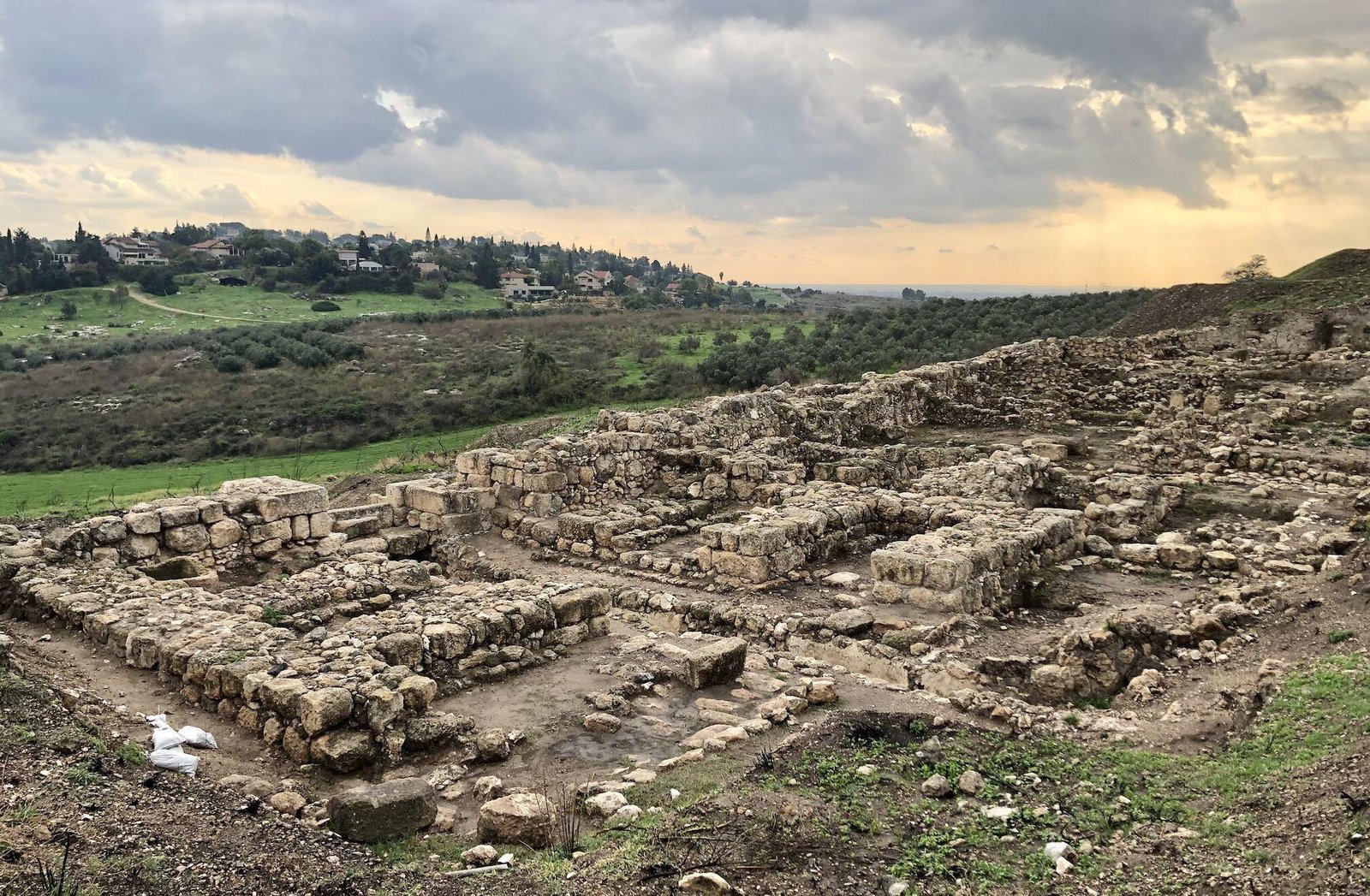n the battleground that is the debate over identifying the biblical King Solomon’s city of Gezer, there is one key term: Stratum 8. Does it belong to the high chronology’s 10th century b.c.e. (thus Solomonic)? Or does it belong to the low chronology’s ninth century b.c.e.?
Last week, a new, thorough radiocarbon chronology study of Gezer was published in the scientific journal PLOS ONE. The report, “The Chronology of Gezer From the End of the Late Bronze Age to Iron Age II: A Meeting Point for Radiocarbon, Archaeology, Egyptology and the Bible”—composed by Lyndelle Webster, Samuel Wolff, Steven Ortiz, Marcella Barbosa, Cameron Coyle, Gary Arbino, Michael Dee, Quan Hua and Geraldine Jacobsen—was the product of 10 seasons of excavations across more than a decade of field work by the Tandy Institute of Archaeology. And the results have proved remarkable.
“I wasn’t expecting these results,” Haaretz cites the lead author, Dr. Lyndelle Webster, as saying. “I was expecting later dates, similar to what we see in settlements further north. But something different is going on here that we can’t yet explain.”
Gezer’s Stratum 8 features a sudden appearance of additional monumental architecture, including a 27-meter-long casemate wall fortification, stone glacis, a large courtyard-type administration building (19 by 12 meters, with at least 15 different attached rooms) and a monumental stairway (and all in the relatively limited part of the tel where excavations of this stratum have taken place).
Professor Yadin associated this material with the 10th century b.c.e., the time period of King Solomon. Later excavators, notably Prof. William Dever, returned for several seasons between the 1960s and ’90s. Their finds essentially corroborated Yadin’s original conclusions.
However, a minimalist camp later emerged, promoting a revised low chronology, seeking to down-date these “Solomonic” remains found at Gezer, Hazor and Megiddo to the ninth century b.c.e. Chief among this movement was Prof. Israel Finkelstein. Aiming to attribute these constructions to northern Israel’s Omride dynasty, he infamously concluded that the great biblical King Solomon was in reality nothing more than a glorified “hillbilly”—“little more than a hill country chieftain … rul[ing] over a marginal, isolated, rural region, with no signs of great wealth or centralized administration.” His rule “extended over no empire, no palatial cities, no spectacular capital” (The Bible Unearthed, pages 190, 238, 143). “The supposed archaeological evidence of the united monarchy was no more than wishful thinking,” he wrote of the early “Solomonic” discoveries at these respective sites (page 235).

